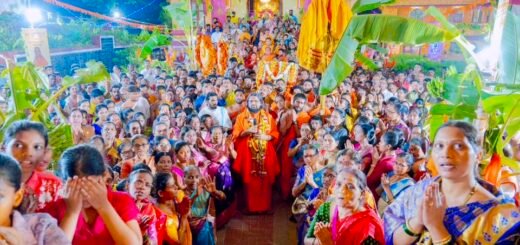The Sacred Reverie of Feminine Grace: Navratri and the Empowering Goddesses
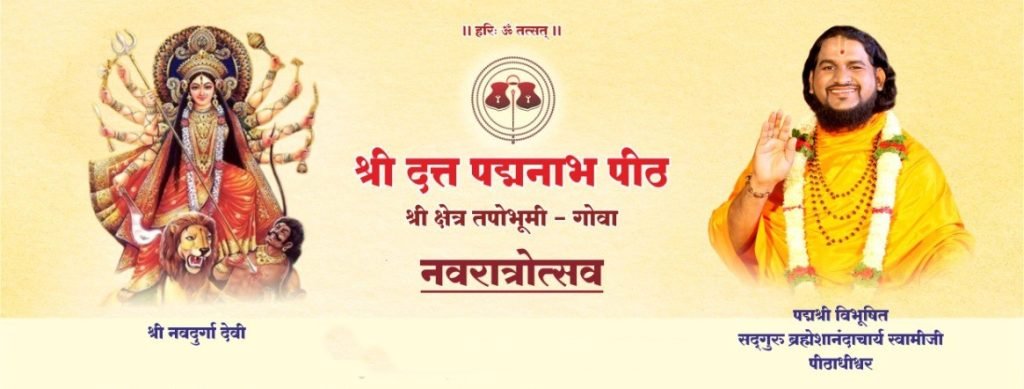
In the heart of autumn, as the leaves change their attire and the air carries a hint of festivities, India comes alive with the vibrant and enchanting celebration of Navratri. This nine-night festival, dedicated to the worship of the divine feminine energy, is a testament to the power and grace of the goddesses. Navratri, which translates to “nine nights,” is a magnificent occasion that takes us on a mystical journey through the strength, beauty, and wisdom of the goddesses. Navratri, often referred to as “Sharadiya Navratri,” signifies the change of seasons and the arrival of the harvest season. It is a time of renewal and rejuvenation, symbolizing the cyclical nature of life. At its core, this celebration is about embracing the feminine aspect of divinity, acknowledging the inherent power that resides within women, and highlighting the triumph of good over evil. The festival is celebrated with vigor and zeal across the country, but the way it’s celebrated may vary from region to region. However, the common thread that binds all Navratri celebrations is the devotion to the divine feminine in her various manifestations.

Indian culture and philosophy beautifully celebrate the embodiment of female divine power through the grand festival of Navratri. Deeply rooted in the nation’s spiritual heritage, Navratri is a radiant tapestry that weaves together the reverence for goddesses and the essence of femininity. It is a harmonious symphony that resonates with the belief that the feminine energy, manifest in various forms, is the essence of creation, preservation, and transformation. This celebration not only pays homage to the divine goddesses but also underscores the significance of women in society. The vibrant dance, the rhythmic music, and the collective devotion during Navratri serve as a living testament to the indomitable spirit of femininity, reminding us of the eternal power and grace that flows through the very soul of India’s rich cultural and philosophical tapestry. Navratri is a profound celebration of the eternal feminine, a celebration that beckons us to recognize and honor the extraordinary strength, beauty, and wisdom that reside within women, echoing the timeless wisdom of India’s spiritual philosophy.
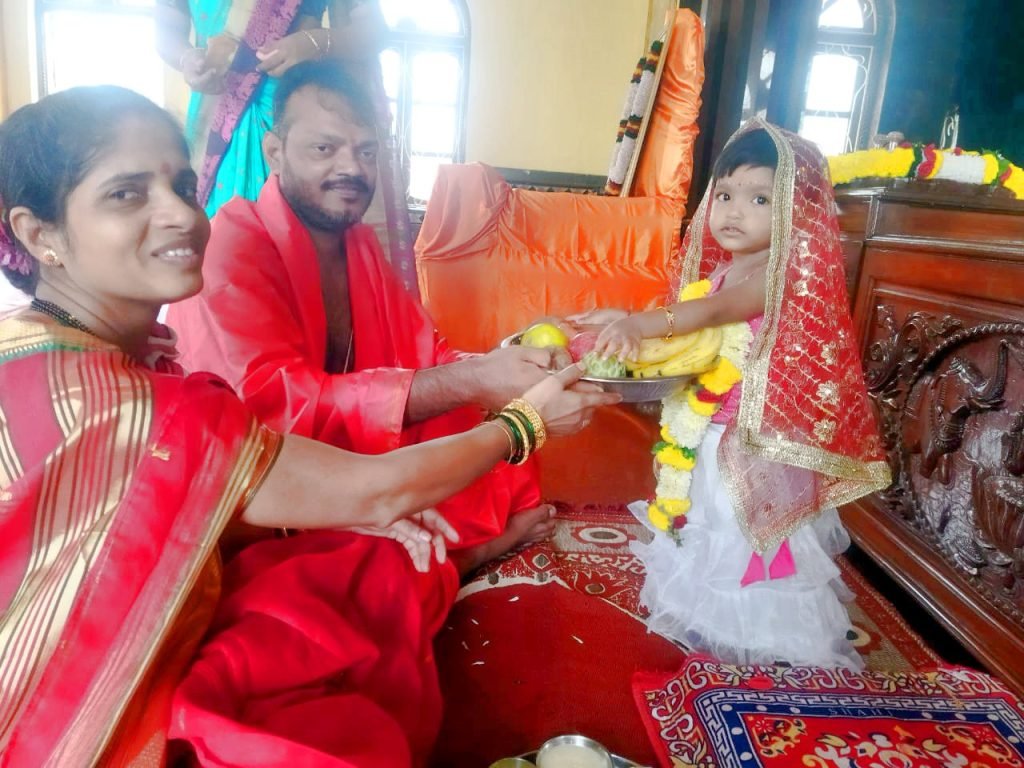
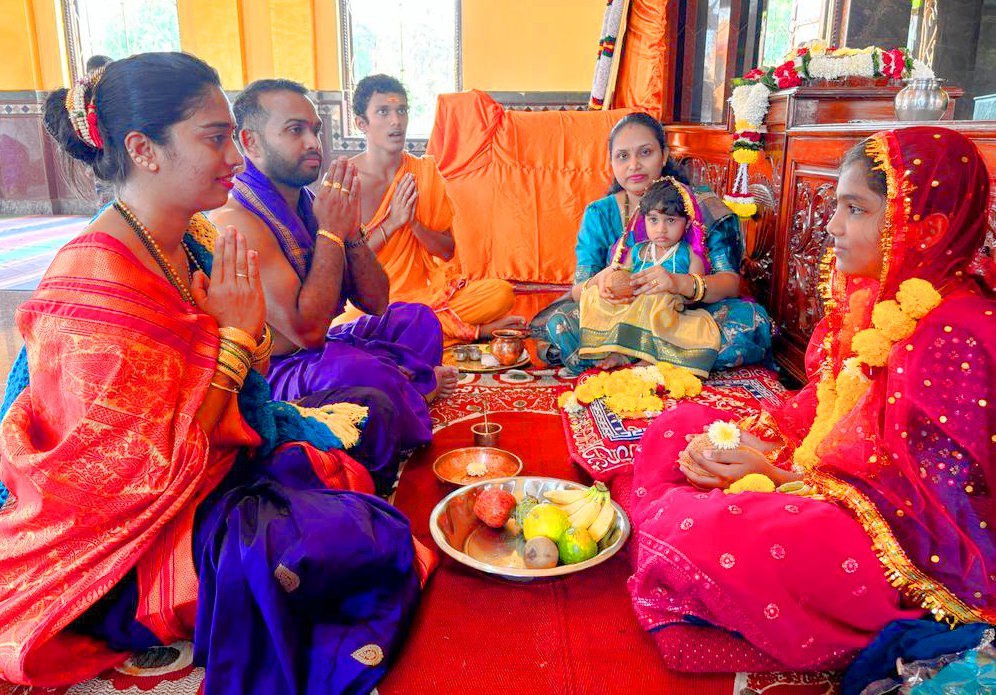
The history and origin of Navratri hold a deep and profound significance regarding the celebration of female power and the triumph of the divine feminine. Navratri’s roots can be traced back to ancient Indian scriptures, particularly the Devi Mahatmya (a text from the Markandeya Purana), which narrates the tale of the goddess Durga’s battle against the demon Mahishasura. This story symbolizes the victory of good over evil, where the goddess, as a representation of female power, ultimately defeats the formidable demon. The goddess Durga, who epitomizes feminine strength and valor, is believed to have been invoked during the nine nights of Navratri to vanquish Mahishasura. This legend underscores the transformative power of the divine feminine. It signifies that when harnessed, feminine energy possesses the strength to confront and conquer formidable challenges, both in the spiritual and material realms.
Navratri’s nine nights are dedicated to worshiping various manifestations of the goddess, each symbolizing different aspects of female power. From the nurturing and compassionate form of Parvati to the fierce and destructive aspect of Kali, these goddesses showcase the multifaceted nature of femininity, emphasizing that women are not confined to a singular role but can embody a spectrum of attributes, from gentleness to determination. The celebration of Navratri, with its colorful dances, vibrant music, and collective prayers, signifies a societal acknowledgment of the power that women possess. It reflects a recognition of the sacred and vital role women play in both individual and collective lives. It serves as a reminder that the divine feminine, as celebrated during Navratri, is an intrinsic part of the Indian cultural and spiritual ethos. It also encourages the elevation of women in society and emphasizes their inner strength, wisdom, and resilience.
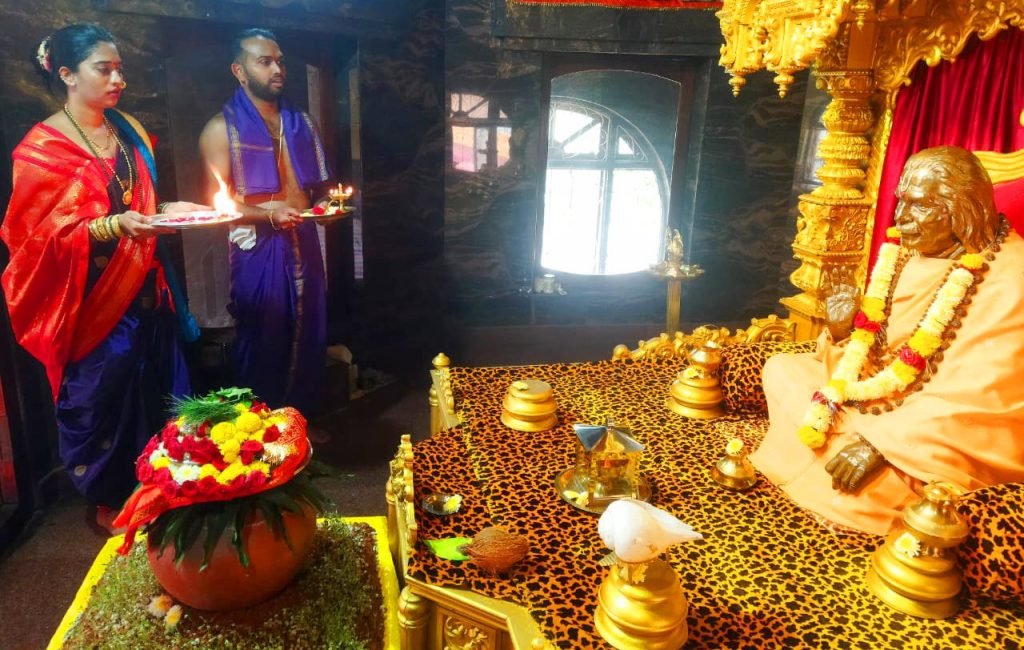
Navratri is a time of self-reflection and renewal. As we celebrate the goddesses, we recognize the strength, wisdom, and grace that women bring into the world. It’s a moment to acknowledge the intrinsic power of femininity and its vital role in the balance of the universe. The festival transcends religious boundaries, serving as a reminder that the power of the goddesses is not limited to a single faith. It encourages all, regardless of gender, to harness the divine feminine energy within them, nurturing qualities such as compassion, strength, and resilience. Navratri celebrates nine different forms of the goddess, each with her unique characteristics, symbolism, and significance. These goddesses are honored on specific days, and their stories are recited, their idols are adorned, and their devotees immerse themselves in worship and celebration.
One of the most iconic aspects of Navratri is the vibrant Garba and Dandiya dance. It’s a communal expression of joy, faith, and unity. Women, dressed in colorful attire, come together to dance in unison, symbolizing the celestial dance of the goddess. The dance becomes a meditation on the divine feminine, allowing everyone to become a part of her mystical journey. In this intricate dance, where one moves in rhythm, one finds harmony, much like the balance of the universe. The clinking of bangles, the swirl of skirts, and the mesmerizing music create an atmosphere where the goddess herself seems to bless each participant.
Navratri is not merely a religious festival, but a profound celebration of the divine feminine. It is a reminder that every woman carries within her the essence of the goddesses. As we celebrate Navratri, we must remember that the true power of femininity lies not just in its nurturing qualities but in its strength, wisdom, and its ability to overcome all challenges. The divine dance of Navratri teaches us to embrace these qualities, embody the goddesses’ grace, and carry their power in our hearts throughout the year. In a world that often forgets to honour the strength and beauty of the feminine, Navratri stands as a vibrant, mesmerizing, and awe-inspiring testament to the divine essence of womanhood. It is a celebration that calls upon all of us to bow to the goddess within and around us, recognizing that, in her, we find the ultimate power and the eternal truth of existence.
Ashwini Kumar
Assistant Professor Carmel College for Women – Nuvem






